When it comes to fixing things around the house, having the right tools and materials can make all the difference. One of the most useful—and often overlooked—items you can keep in your toolbox is all-purpose putty. This simple product might look like a small tube or container of sticky paste, but it’s actually a powerful repair helper that can fix a wide variety of common household problems.
All-purpose putty is a type of filler that can bond to many different surfaces like wood, metal, drywall, and even concrete. It’s easy to use, dries quickly, and becomes hard and durable once it cures.
Plus, you can sand it smooth and paint right over it, so your repairs blend perfectly with the surrounding area. Whether you’re dealing with scratches, dents, cracks, or holes, this versatile product gives you a simple way to make things look as good as new.
If you’re someone who likes to save money and enjoy the satisfaction of fixing things yourself, all-purpose putty is a must-have. Instead of calling in expensive professionals or replacing damaged items, you can handle many common repairs on your own. From small dents in your car or metal door to chips in your hardwood floor or cracks in concrete, this putty is surprisingly capable of tackling a lot of different issues.
In this article, we’ll explore nine household repairs you can make easily with all-purpose putty. You’ll learn how to fix scratched furniture, repair dents, fill cracks, and even rebuild broken pieces of furniture. Each project is explained step-by-step in plain language, so you don’t need any special skills or tools to get started.
By the end, you’ll see why all-purpose putty is such a handy product to keep on hand. It’s affordable, easy to use, and perfect for quick fixes that save time and frustration. Whether you’re a beginner or a seasoned DIYer, knowing how to use all-purpose putty will help you keep your home looking great with minimal effort.
So, let’s get started and discover how this simple product can help you solve everyday repair problems around your house!
1. Scratched Furniture
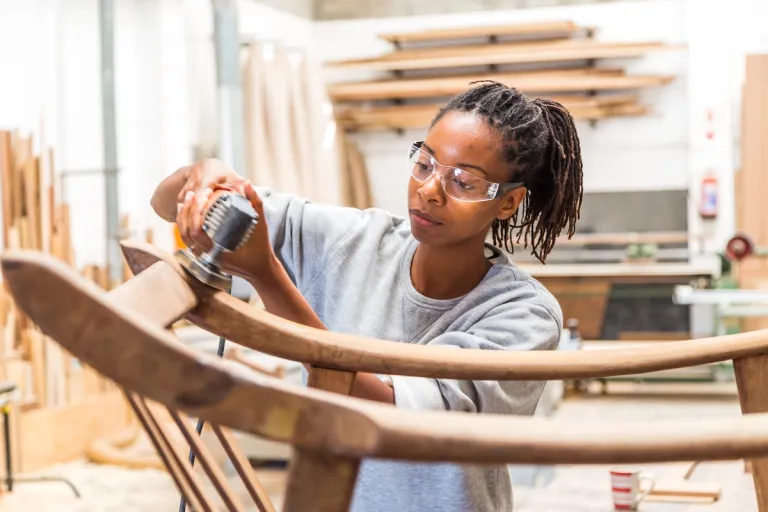
Scratches on wooden furniture can really ruin the look of your favorite tables, chairs, or cabinets. When you have a deep scratch or gouge, just wiping a furniture polish or using wax won’t cut it.
This is where all-purpose putty shines. It fills in the scratch completely, giving you a smooth surface to work with. You start by cleaning the scratched area and lightly sanding it to make the putty stick better. Then, mix the putty and hardener, apply it to the scratch with a putty knife, and smooth it out.
After it dries, sand it down until the surface is flush with the rest of the furniture. You can then stain or paint over it to match the wood color. The result? Your furniture looks like new without needing to replace or refinish the whole piece.
2. Small Automotive Dents
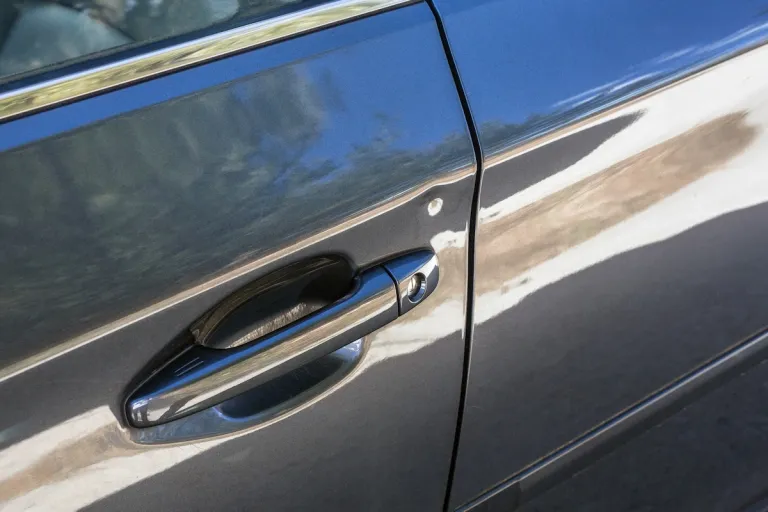
Have you ever bumped your car door or noticed a little dent that bothers you? Repair shops charge a lot for small dents, but all-purpose putty lets you fix these dents at home easily.
First, clean the dent area and roughen it with sandpaper. Mix your putty and apply it directly into the dent. Press firmly to fill the dent entirely. When the putty hardens (usually within minutes), sand it smooth.
You’ll end up with a flat surface ready for painting. While this repair might not be perfect for big damage, it’s great for small dents and paint chips, saving you a trip to the body shop.
3. Damaged Trim
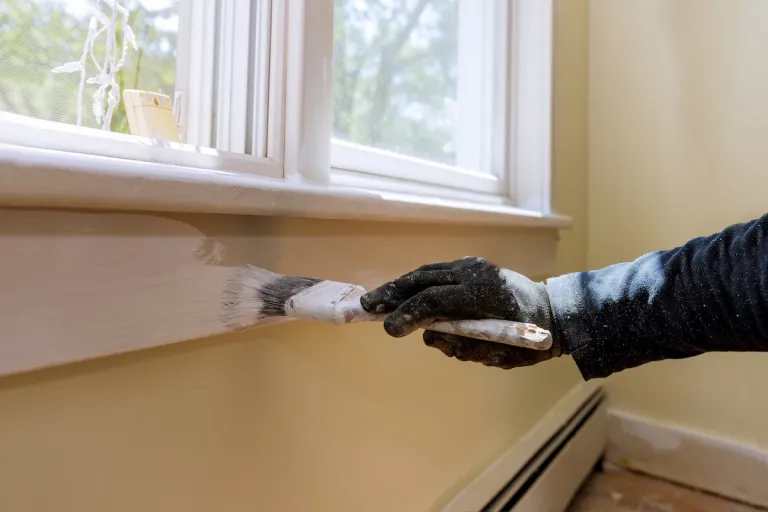
Trim and baseboards often get nicked or chipped when moving furniture or from everyday wear and tear. These little damages can make a room look messy and unfinished.
All-purpose putty is perfect for fixing these issues. Clean the trim, mix the putty, and apply it to the damaged spots. Because the putty dries fast, you can sand it and paint over it in about an hour, which is way quicker than traditional wood fillers.
The putty bonds well to wood and other materials used in trim, so the repair lasts long and looks great once painted.
4. Chipped Hardwood Floors

If your hardwood floors have small chips or cracks, all-purpose putty can help avoid expensive floor repairs or replacement.
Start by cleaning the chipped area thoroughly. Then apply the putty, carefully molding it to fill the missing wood piece. After it hardens, sand it so it blends with the floor’s surface.
For a seamless look, use a color-matched wood floor repair marker or stain on top of the putty. This method saves you from having to replace entire floorboards and keeps your floors looking smooth and well cared for.
5. Cracked Concrete
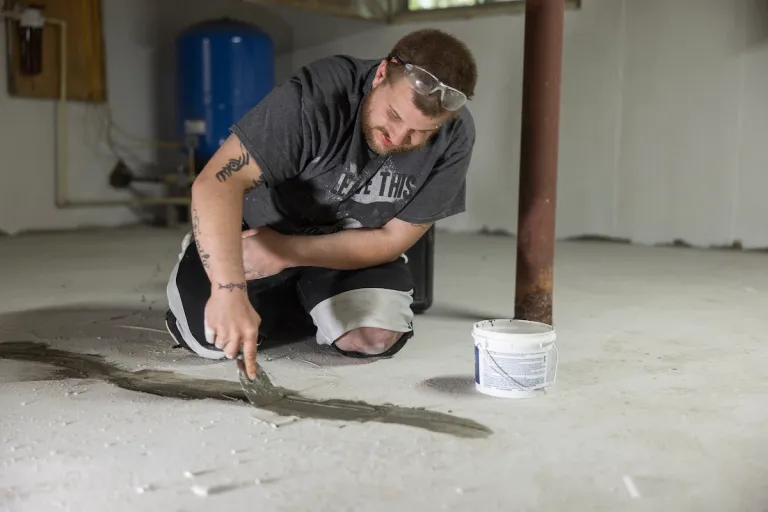
Cracks in concrete surfaces, like garage floors, sidewalks, or patios, can get worse if ignored. Small cracks are often caused by temperature changes or settling.
All-purpose putty can fill these cracks easily. Clean out any dirt or loose pieces from the crack first. Then, apply the putty directly into the crack, making sure to press it in well.
Once it cures, sand or smooth the area so it looks uniform with the rest of the surface. This helps protect the concrete from water damage and stops cracks from spreading, extending the life of your concrete surfaces.
6. Dented Front Door
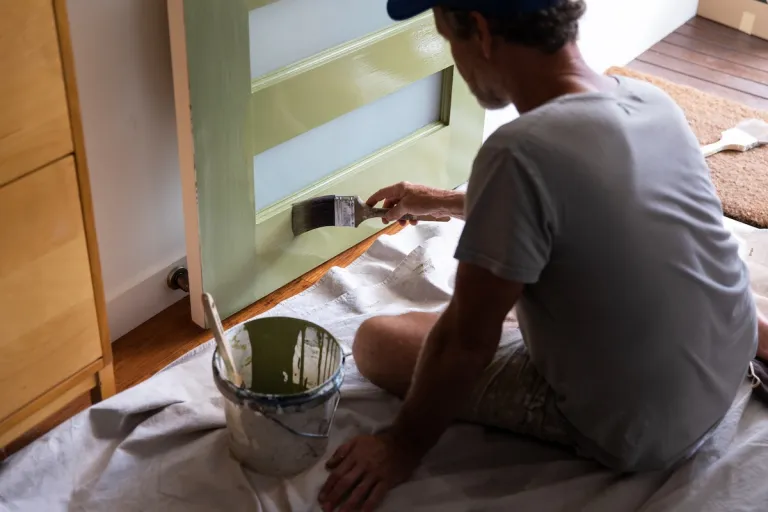
A dent in your metal front door is more than an eyesore—it can hurt your home’s curb appeal. Instead of buying a new door, you can use all-purpose putty to fix the dent.
First, clean and sand the dented area to roughen it for better adhesion. Apply the putty, filling the dent fully and shaping it with a putty knife. Once dry, sand the area smooth.
Finally, paint over the repair with a matching door paint. This quick fix brings back your door’s clean, fresh look without spending a lot of money.
7. Drywall Damage
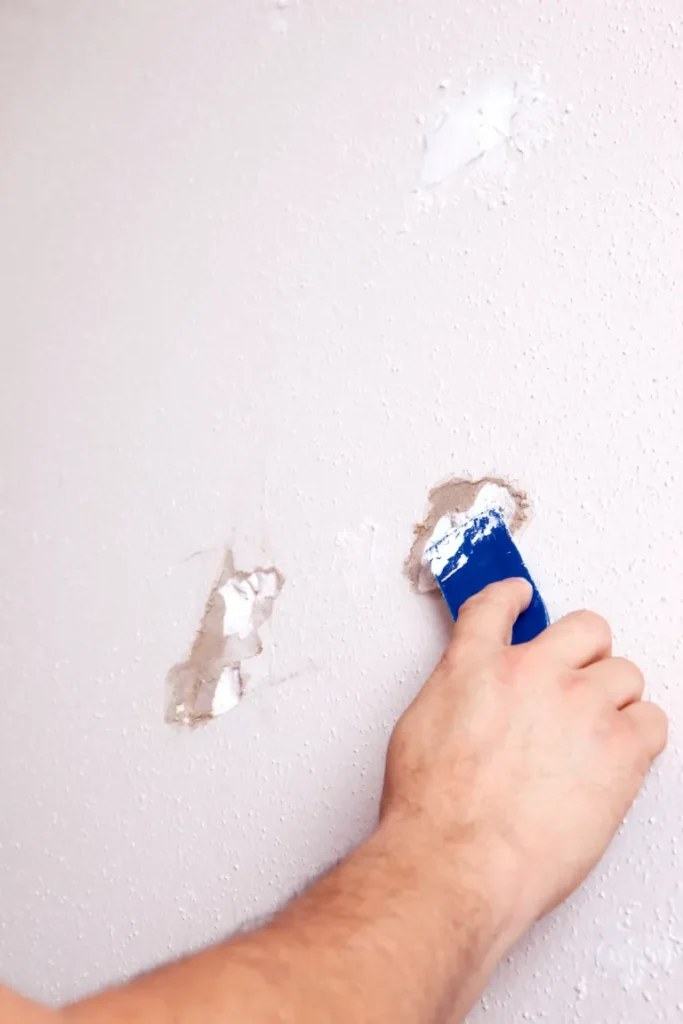
Walls often get damaged by knocks, kids, or furniture moving around. Small holes or dents in drywall don’t look good and can make a room feel unfinished.
All-purpose putty dries faster than regular spackle or joint compound, so it’s perfect for quick fixes. Clean the damaged area, apply the putty with a putty knife, and smooth it out.
After it cures, sand it down until smooth and paint over. Your wall looks good as new, and you didn’t have to wait days to finish the job.
8. Broken Furniture
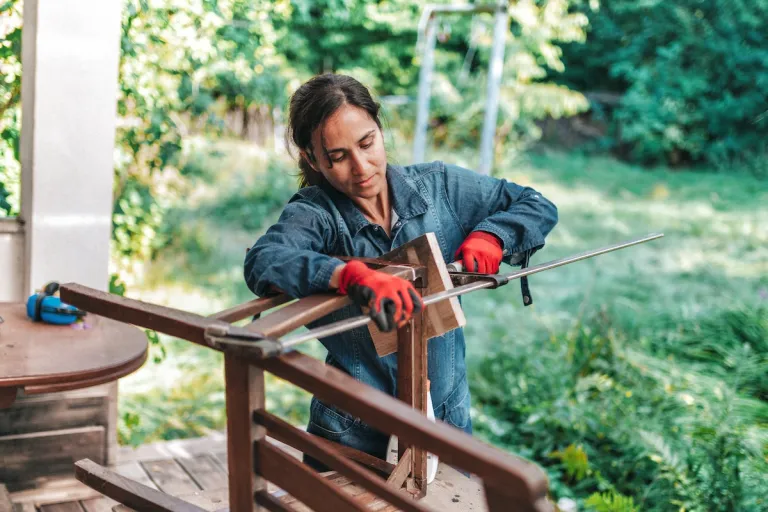
Sometimes furniture isn’t just scratched but has broken parts, like a missing trim piece or a chipped corner on a table leg. Replacing parts can be tough and expensive.
With all-purpose putty, you can actually rebuild missing sections. Mold the putty to match the shape of the broken piece, working it with your fingers or tools.
Once dried and sanded, the repair can be painted or stained to match the original finish. This trick brings life back to your furniture and saves money on replacements.
9. Stripped-Out Screw Holes
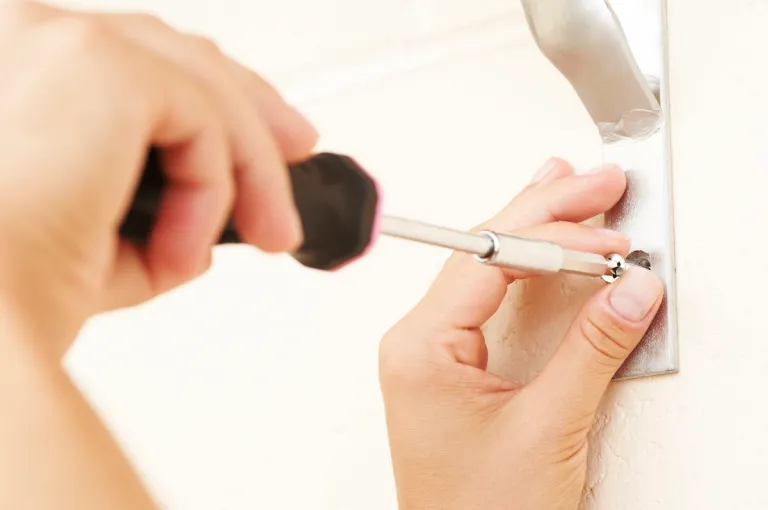
When screw holes get stripped, screws don’t hold properly anymore, which can make cabinets, shelves, or fixtures loose and unstable.
To fix this, clean the hole and fill it completely with all-purpose putty. Let it harden fully, then drill a new pilot hole into the putty.
This creates a solid base for the screw to bite into, making your fixture secure again without replacing the whole piece.
Final Thoughts
All-purpose putty is one of those underrated heroes in the world of home repairs. When you think about fixing things around your house, you might picture complicated tools or calling in a professional. But this simple, affordable product can handle a surprising range of common problems, making your life easier and your home look much better.
One of the best things about all-purpose putty is its versatility. It works on so many surfaces—from wood and metal to drywall and concrete—giving you the power to fix everything from scratched furniture and chipped floors to cracked walls and dented doors. Instead of letting small damages pile up or getting overwhelmed by costly repairs, you can tackle them yourself in just a few easy steps.
Another great advantage is how quickly all-purpose putty works. Unlike other fillers that might take hours or days to dry, many all-purpose putties cure fast. This means you can apply the putty, sand it down, and paint over it all in one day. The quick turnaround is perfect if you want fast results without sacrificing quality.
Using all-purpose putty is also very beginner-friendly. You don’t need to be an expert to get professional-looking repairs. With some basic preparation, a putty knife, and a little patience, anyone can use this product to fill holes, smooth cracks, or rebuild broken parts. It’s a great way to build your DIY confidence while saving money on costly replacements or professional labor.
Of course, like any tool or material, the key to great results is preparation and patience. Cleaning the surface, mixing the putty correctly, and sanding carefully afterward will make your repairs last longer and look smoother. Taking these simple steps can make a huge difference.
In the end, having all-purpose putty at home is like having a small but mighty repair kit that’s ready whenever something needs fixing. It saves you time, money, and stress, helping keep your home in great shape with minimal effort.
So if you don’t already have all-purpose putty in your toolbox, consider grabbing some. You’ll be amazed how many everyday problems it can solve, making your life easier and your home look its best. Whether you’re fixing dents, filling cracks, or restoring furniture, all-purpose putty is a reliable, versatile, and practical solution every homeowner should know about.




